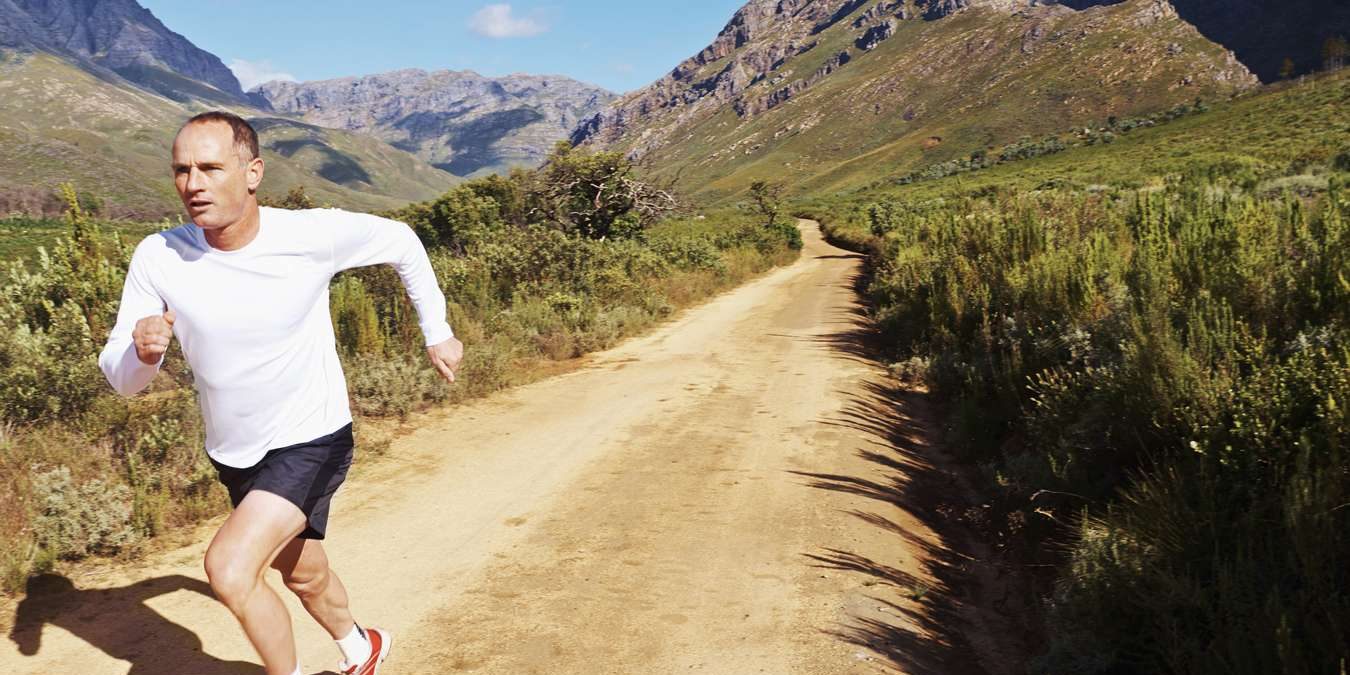Runners often dread the uphills, but this certainly doesn’t need to be the case. The first thing you need to do is accept the hill and accept that, regardless of your running ability, you are going to run slower when running uphill. Just because you slow down doesn’t mean that you are not becoming a better runner through hill running. In fact, hills are great at training your runner physiology.
In addition to staying relaxed when running uphills, there are two key points that we need to understand, cadence and stride length. Just as a bike has gears that you use when going uphill, so do you. These gears come in the form of your stride length. If you were to put your bike in a hard gear then try to ride up a hill, you would find that your cadence (how quickly your legs are spinning when cycling or how often they are striking the ground per minute when running) would be really low. A low cadence places a huge demand on your musculoskeletal system; you need a great deal of strength. However, riding in such a fashion will not tax your cardiovascular system. If you ride up the hill again, but this time select the easiest gear possible, you will find that your cadence will be really high. Your cardiovascular system will become ‘maxed out’ but your muscles—your musculoskeletal system— will not be working very hard. Exactly the same principles apply to running.
So, how do we do it? We need to find balance. As we need to aim to keep our cadence when running at around 90 strides per minute, we find this balance by changing our stride length. As such, when running up hill your stride length will be much shorter than when running on the flat. Finding this balance will allow you to equally tax your cardiovascular system as well as your musculoskeletal system thus allowing you to be as efficient and effective as possible when tackling the hill.
Depending on the steepness of the hill and your running ability, there can be a point when it’s better to power hike (power-walk) up the hill. The point at which this occurs is different for everyone, but it occurs when the cardiovascular effort required becomes exceedingly high despite having a short stride. It’s hard work and you are going nowhere! At this point movement up the hill becomes faster and more efficient with a power hike. Power hiking is walking with purpose, but as we are still trying to make fast, efficient progress there is a technique you should use. You need to lean forward at the waist and put your hands on your knees, which allows you to transfer your body weight from leg to leg to help ‘power’ you up the hill. You will also notice that when power hiking, the different technique allows you to increase your stride length. One important thing to remember is not to drop your head while you bend at the waist, as this impedes your breathing and is counterproductive.
Again, depending on the steepness of the hill and your ability, you may find you have to power hike the rest of the way to the top or you may be able to intersperse periods of power hiking with running. This will all depend on the hill, the terrain and how you are feeling. This is something that you, personally, will have to experiment with to learn what works best for you.
The exception is the short hill, whose length may allow you to tackle it in a completely different fashion. You may find that you increase your speed, and consequently your momentum, prior to getting to the bottom of a short hill. This then transitions to an increase in stride length as you power up to the top, almost sprinting up the hill before returning to your previous running pace upon completion of the hill.
Next time you’re out running in the hills, have a play around with how you’re running. Try a period with a lower cadence, how does that feel? Try a period with a higher cadence, how does that feel? Try powerwalking with the technique mentioned above. Lastly find the sweet spot a balance between the two and enjoy the hill.
The key parts that we need to take away are as follows:
- Relax and enjoy the hill
- Just as a bike has gears so do you, use these to your advantage, find the sweet spot
- High cadence taxes your cardiovascular system more
- Low cadence taxes your musculoskeletal system more
- Just because you are going slowly doesn’t meant that you are not gaining amazing fitness benefits
- Have fun. As they say, what goes up must come down!
Have fun,
Stay Safe,
See you out running.
Nick Muxlow
The Ultra Journey

